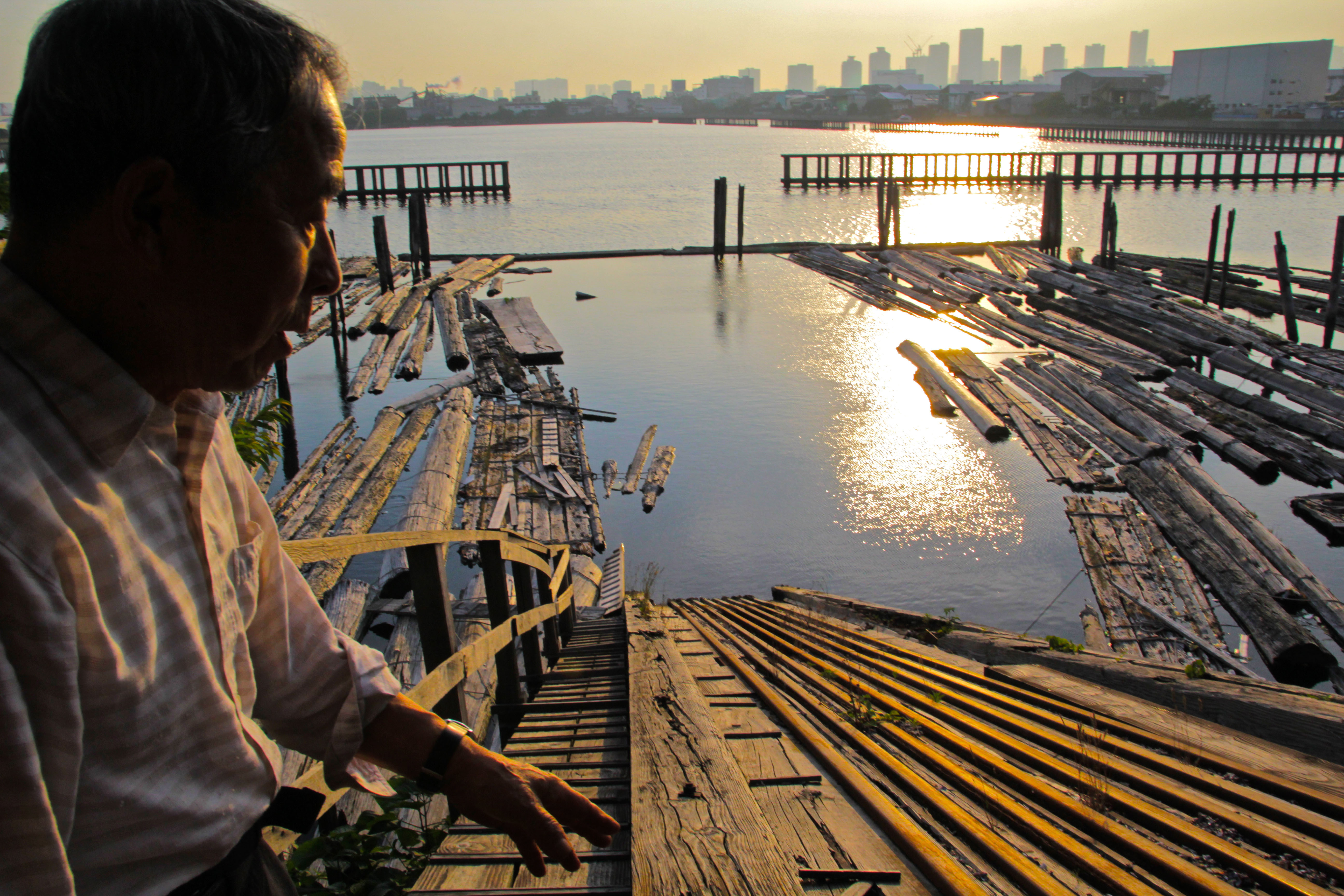Even if you can't read the kanji for Shin Kiba, you'll sniff out its meaning of "new wood place" the moment you arrive. The Yurakucho subway line's terminus there in eastern Tokyo smells like a cedar closet. Inside the station, a display of Japanese carpentry — including beams featuring dovetail, mitered and tenon joints — plus the giant stone sumitsubo (carpenter's inkpot) outside drive home the local livelihood.
While the fragrance suggests forests and nature, the face of Shin Kiba is, for the most part, rows of huge metal storage sheds and impersonal high-rise offices. A hot wind picks up dirt from vacant lots as I head south like a newbie character in a computer game. At some point, I realize, I'll either have to knock on a warehouse door or, umm, log out.
Ujihashi Baiten, a single-story office building, looks approachable. Inside, Hiroshi Makita, 81, tells me the company president is away, but shows me into his boss's office, proffers chilled Taiwanese tea and flips on the air conditioner. I try to ignore the stuffed penguin in a glass case as Makita explains how all the city's lumberyards were once located in Kiba. That was because, he tells me, after a huge fire in 1657 reduced them to ash, the Tokugawa Shogunate moved all timber commerce east across the Sumida River to the Fukagawa district. The idea was to keep building supplies in the booming city of Edo (present-day Tokyo) safe, yet near rivers and canals for ease of transport.



















With your current subscription plan you can comment on stories. However, before writing your first comment, please create a display name in the Profile section of your subscriber account page.